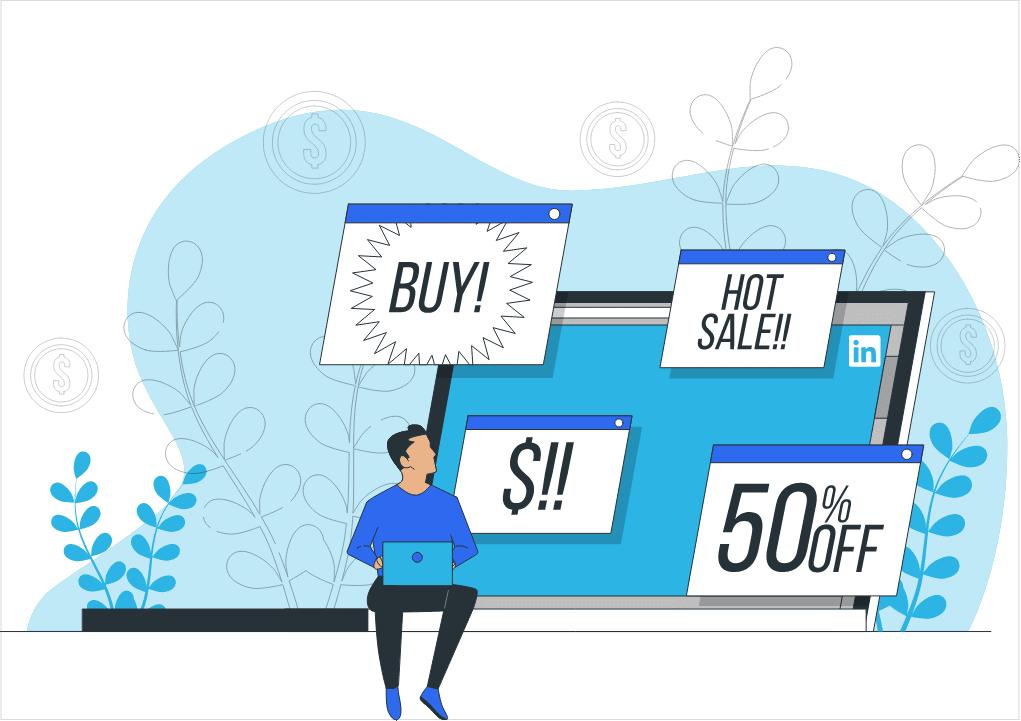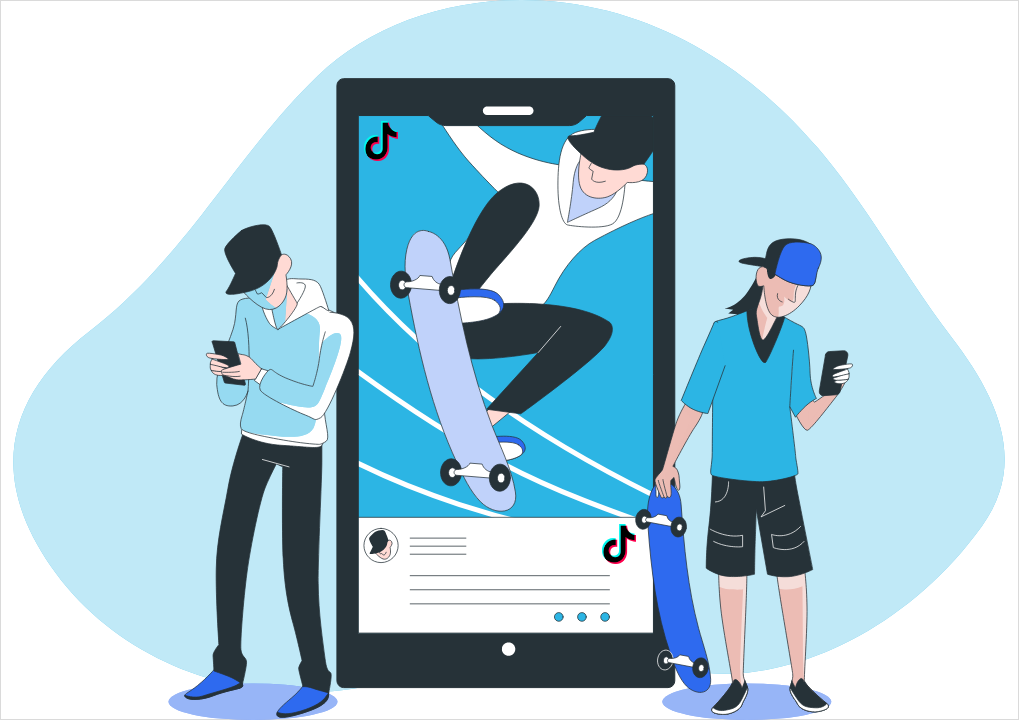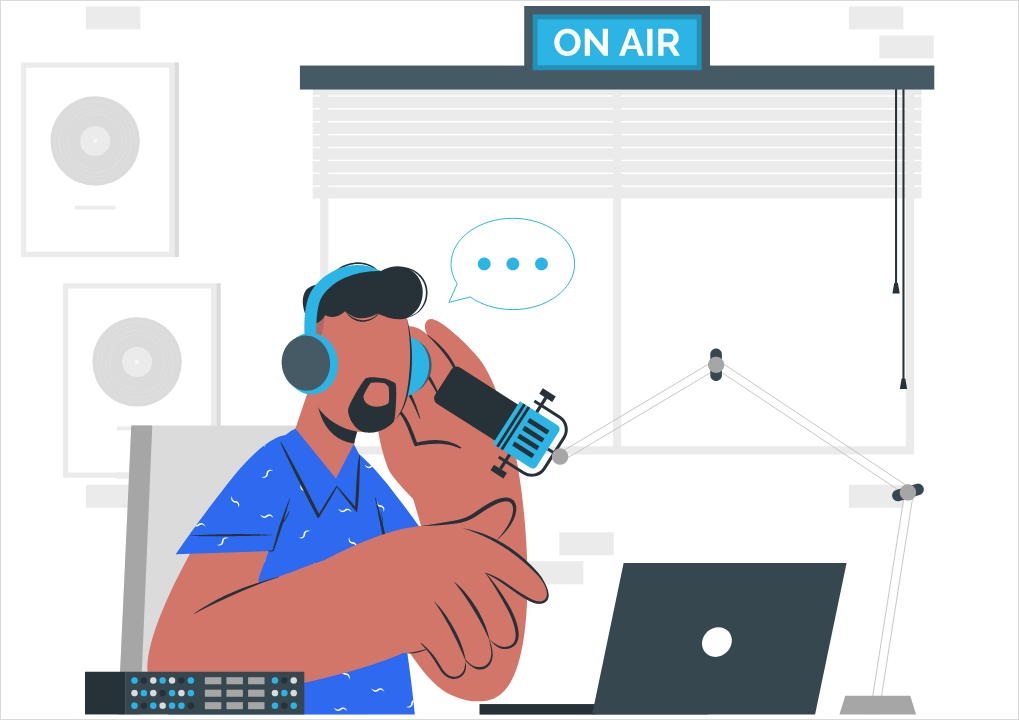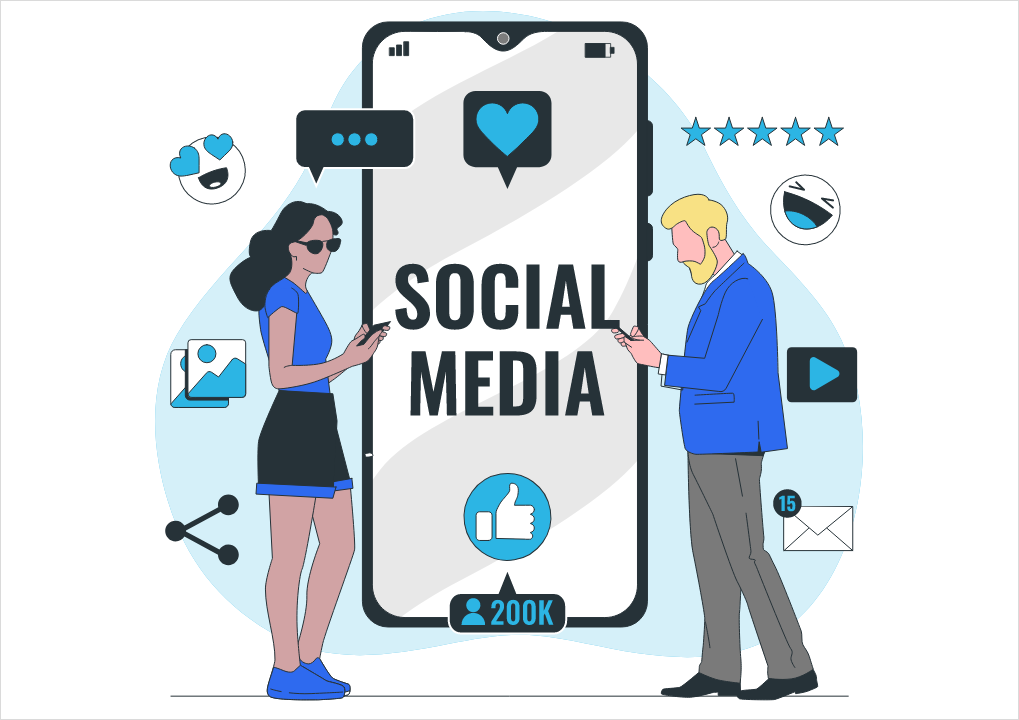According to the Insider Intelligence Report, LinkedIn has launched new features by expanding its B2B marketing offerings. It aims to help power users turn into marketers so they reach their target audience and analyze their performances properly.
New LinkedIn Features
LinkedIn has introduced new features, that is, product searches, newsletters, and competitive analytics, for marketers to use LinkedIn for their B2B advertising.
Product Pages
Marketers can use LinkedIn searches to find products by different categories or companies. LinkedIn users can also promote these products’ marketing on their professional profiles.
Newsletters
The newsletter is another amazing new feature of LinkedIn. This feature allows marketers to create content and post it on the company’s professional profile. They can also use this feature to notify users or send in-app notifications to update them about recent product launches and promotions. The advantage of using this feature is that it suggests SEO titles and tags for the product posts to maximize their exposure.
Competitor Analytics
Having a competitor analysis is essential for marketing. LinkedIn’s “Competitor Analytics” feature gives marketers deep insight into how their competitors perform. Moreover, it shows them the analysis of their recent posts compared to their competitors’. Marketers can now see what topics, titles, or tags are doing well for their competitors. This way, they stay updated and informed regarding the relevant issues and trends in the industry.
How Does LinkedIn Work as an Ad Platform?
Microsoft claims to have a larger digital ad market share, and LinkedIn is wrapped up in this parent company. It has a specific niche, while other social media platforms don’t have such restrictions. It makes LinkedIn less appealing to the audience as they can find much more on other platforms related to different niches.
At the same time, the relevancy of LinkedIn ads is relatively low, which means the ads are not closely related or connected to the target audience. According to a September survey, only 18% of the respondents shared their views in favor of LinkedIn. They agreed that the ads’ relevancy on LinkedIn has improved in the last year; however, this was the lowest number of respondents compared to any other social media platforStill, LinkedIn managed to learn from the blunders of its competitors to make general shifts in digital advertising. It launched new products and introduced a “Brand Safety Hub” in collaboration with DoubleVerify. Moreover, it allows marketers to get broader access to first-party data to target, measure, and optimize ads according to the needs and preferences of their audience. It helps marketers make the ads more relevant and exciting. At the same time, it also eliminates the need for individual trackers.
Is B2B Marketing a Done Deal for LinkedIn?
B2B marketing is a safe option for the LinkedIn platform to make its way into digital advertising. It is a wise move that will allow LinkedIn power users to turn into marketers on the platform, mainly because larger brands might be cautious about trying new and different ad channels because of economic distress.
Stats of the Ad Relevancy of Different Social Media Platforms
Now, let’s look at the stats of June 2022 to know about the respondents’ point of view about the relevancy of ads on different social media platforms:
- For Instagram, 32% of the respondents think its ad relevancy has improved. In comparison, 49% believe there is no specific change. The other 13% think there is a decrease in ad relevancy. The least (only 6%) have no opinion.
- For TikTok, 29% of the respondents think the ad relevancy of the platform has increased. At the same time, more than half (51%) believe the ad relevancy on TikTok is still the same, 12% of them think it worsened over time, and only 9% don’t have any opinion.
- For YouTube, 26% of the respondents think they are seeing more relevant ads on YouTube now, 56% believe that the ad relevancy hasn’t changed a bit, 14% think it has decreased further, and 5% are indifferent about the ad relevancy.
- For Snapchat, 25% of the respondents cited that the ad relevancy has increased, 52% think there is no change, 13% believe there is a decrease in the ad relevancy of Snapchat, and the lowest number of respondents (11%) don’t have any opinion to share.
- For Twitter, 25% of the respondents believe that the marketers have improved the ad relevancy for the platform, 56% think there is no particular change, 14% think it has decreased, and 6% don’t have any opinion.
- For Facebook, 24% of the respondents stated that they had seen ad relevancy improvement, half of the respondents (50%) think there is no change, 19% think it has decreased, and 6% don’t have an opinion.
- For Pinterest, 22% of the respondents agreed that the ad relevancy has increased, 58% stated that there is no change, 11% think it has decreased, and 10% don’t have any opinion.
- For Reddit, 19% of the respondents believe that the ad relevancy has improved, 58% think there is no specific change, 11% think it has decreased, and 12% have no opinion.
- For LinkedIn,18% of the respondents stated that they believe ad relevancy on the app has increased. It is the least number of respondents who think optimistically about LinkedIn’s ad relevancy compared to the other platforms. On the other hand, a significant number of respondents, which is also the greatest of all the other social media platforms (61%), think there is no change. 7% of respondents, again the lowest of all the other platforms’ relevant numbers, believe it has decreased, and 14% have no opinion.






